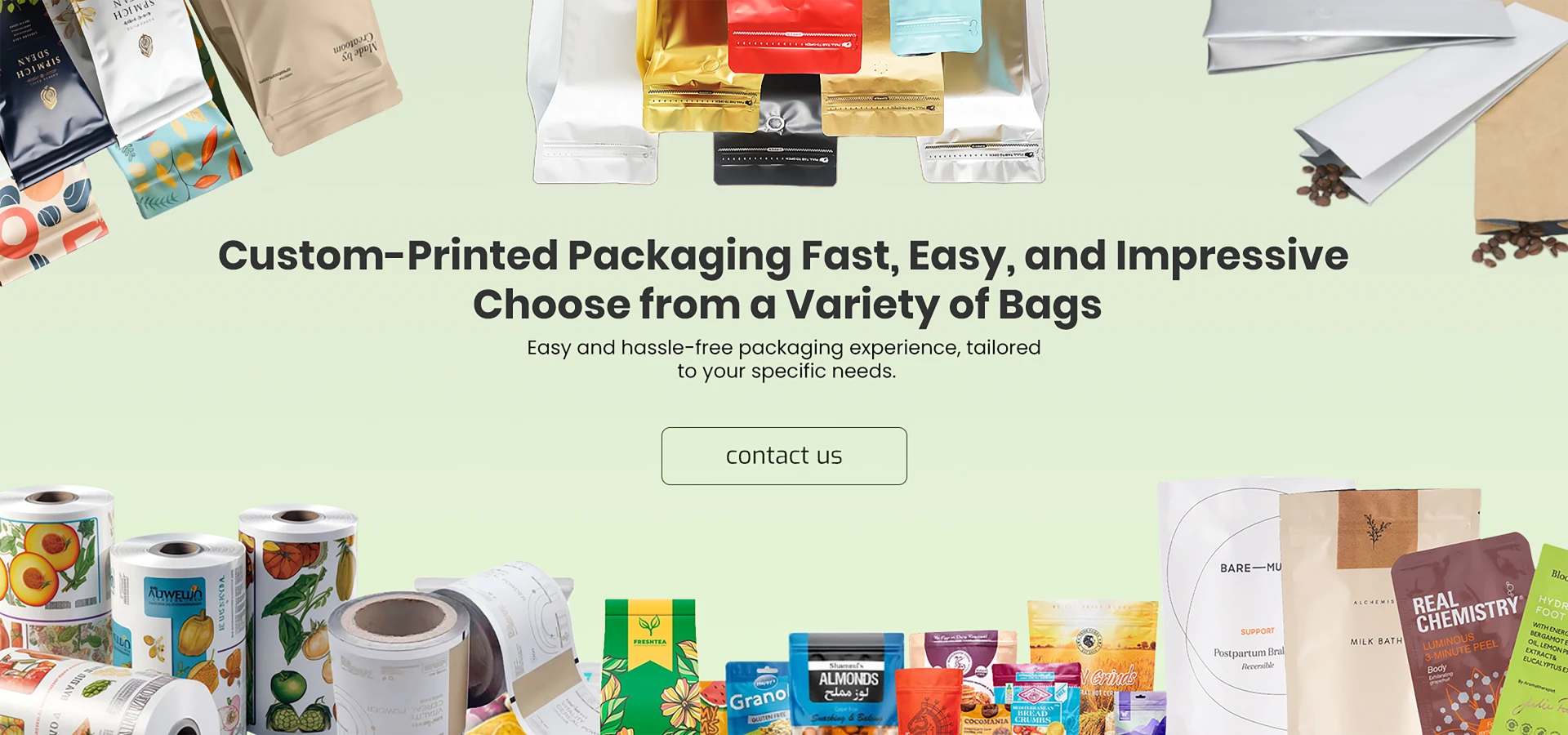- Afrikaans
- Albanian
- Amharic
- Arabic
- Armenian
- Azerbaijani
- Basque
- Belarusian
- Bengali
- Bosnian
- Bulgarian
- Catalan
- Cebuano
- chinese_simplified
- chinese_traditional
- Corsican
- Croatian
- Czech
- Danish
- Dutch
- English
- Esperanto
- Estonian
- Finnish
- French
- Frisian
- Galician
- Georgian
- German
- Greek
- Gujarati
- haitian_creole
- hausa
- hawaiian
- Hebrew
- Hindi
- Miao
- Hungarian
- Icelandic
- igbo
- Indonesian
- irish
- Italian
- Japanese
- Javanese
- Kannada
- kazakh
- Khmer
- Rwandese
- Korean
- Kurdish
- Kyrgyz
- Lao
- Latin
- Latvian
- Lithuanian
- Luxembourgish
- Macedonian
- Malgashi
- Malay
- Malayalam
- Maltese
- Maori
- Marathi
- Mongolian
- Myanmar
- Nepali
- Norwegian
- Norwegian
- Occitan
- Pashto
- Persian
- Polish
- Portuguese
- Punjabi
- Romanian
- Russian
- Samoan
- scottish-gaelic
- Serbian
- Sesotho
- Shona
- Sindhi
- Sinhala
- Slovak
- Slovenian
- Somali
- Spanish
- Sundanese
- Swahili
- Swedish
- Tagalog
- Tajik
- Tamil
- Tatar
- Telugu
- Thai
- Turkish
- Turkmen
- Ukrainian
- Urdu
- Uighur
- Uzbek
- Vietnamese
- Welsh
- Bantu
- Yiddish
- Yoruba
- Zulu
cosmetic and perfume filling and packaging
The World of Cosmetic and Perfume Filling and Packaging A Comprehensive Overview
In the ever-evolving beauty industry, the significance of cosmetic and perfume filling and packaging cannot be overstated. This sector not only plays a crucial role in product preservation but also in branding and consumer perception. As consumers become increasingly aware of sustainability and design innovations, the practices surrounding filling and packaging are also adapting to meet these demands.
Importance of Filling Techniques
Filling cosmetics and perfumes requires precision and careful consideration of the product’s formulation. For instance, liquid foundations, lotions, and perfumes have different viscosities and chemical compositions, which necessitate specific filling methods. Popular techniques include gravity filling, which uses the force of gravity to fill containers; pressure filling, which is ideal for thicker products; and vacuum filling, which helps in preventing air from being trapped in the bottles and affecting product quality.
Advancements in filling technology have led to more efficient processes, minimizing waste and ensuring that products are filled precisely to the required volume. Automated filling lines not only speed up production but also enhance consistency, which is crucial for maintaining brand reputation and customer satisfaction.
The Role of Packaging
The packaging of cosmetic and perfume products serves multiple functions – it protects the contents, preserves the integrity of the formulation, and serves as a marketing tool. Packaging design is a significant aspect of a product’s appeal; it’s often the first thing consumers notice. Unique shapes, vibrant colors, and luxurious materials can draw in potential buyers. For example, the use of frosted glass bottles for perfumes can evoke a sense of elegance, appealing to consumers who associate high-quality fragrance with sophisticated packaging.
Moreover, eco-friendly packaging has gained traction in recent years. Brands are increasingly using biodegradable materials, recycled plastics, and glass, appealing to environmentally conscious consumers. Such sustainable practices not only reflect a company's commitment to reducing its carbon footprint but can also enhance brand loyalty.
cosmetic and perfume filling and packaging

Customization and Personalization
In the modern beauty landscape, customization is a key trend. Consumers are looking for products that cater specifically to their individuals needs, which has led to an increase in personalized cosmetics and fragrances. Packaging plays a pivotal role here as well. Brands are now offering customizable packaging options where consumers can choose colors, designs, and even add personal messages. This enhances the consumer experience and fosters a deeper connection between the brand and its customers.
Additionally, the advent of smart packaging technologies is transforming the way cosmetics and perfumes are marketed
. QR codes and NFC (Near Field Communication) tags are being integrated into packaging, allowing consumers to access detailed product information, tutorials, and even augmented reality experiences.Challenges in the Industry
Despite the advancements, the cosmetic and perfume filling and packaging industry faces several challenges. Compliance with safety regulations is paramount, as any contamination during the filling process can lead to significant safety risks. Brands need to adhere to stringent guidelines to ensure that their products are safe for consumers.
Supply chain disruptions, often caused by global events, also pose a challenge. The sourcing of materials for packaging can be inconsistent, leading to delays in production. Brands must be agile, adapting their strategies to manage such unpredictability effectively.
Conclusion
The cosmetic and perfume filling and packaging industry is a dynamic field characterized by innovation and a commitment to quality. From advanced filling techniques to appealing and sustainable packaging designs, every aspect is carefully crafted to meet consumer demands and industry standards. As trends evolve, brands must remain adaptive, prioritizing sustainability and personalization to create products that resonate with today’s consumers. In this thriving landscape, those who excel in packaging and filling are poised to lead the market, combining functionality, aesthetics, and responsibility in their offerings.













